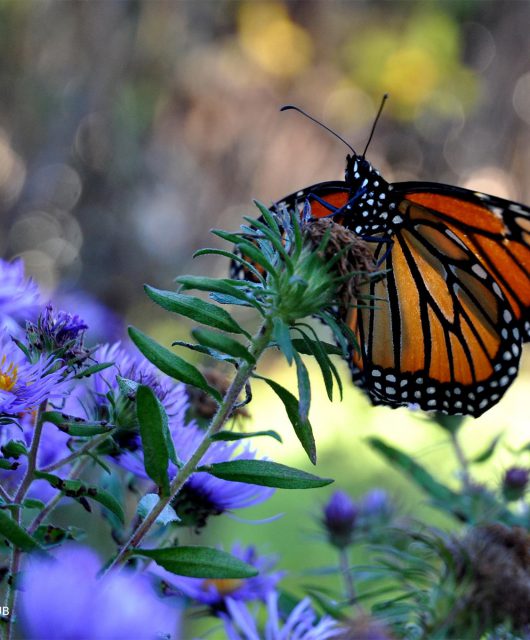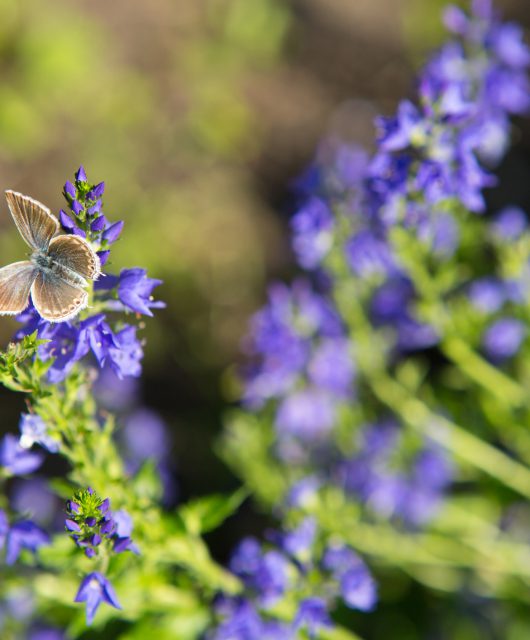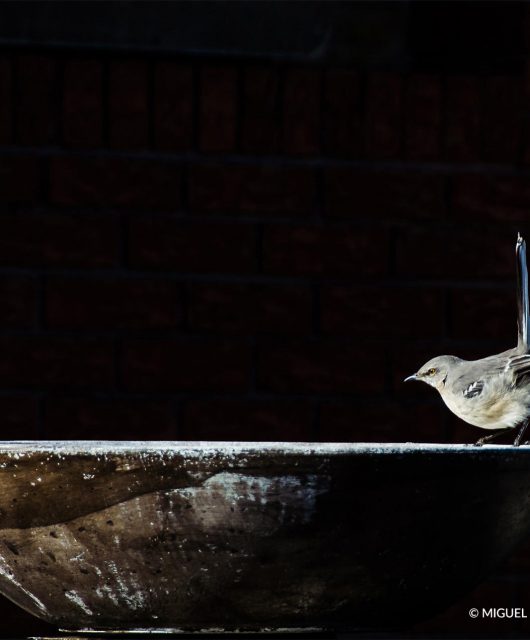It doesn’t take much to harm a human brain.
For example, you can get a concussion (a type of mild traumatic brain injury) by bumping into something, getting a blow or a jolt to your head or body that results in the brain moving rapidly inside the skull. A simple fall or bump, leaving the head to absorb 60 to 100 times the force of gravity once, can do the trick. These injuries can also have long-term repercussions on someone’s health, so being careful to protect your skull is important to humans.
KNOCK ON WOOD
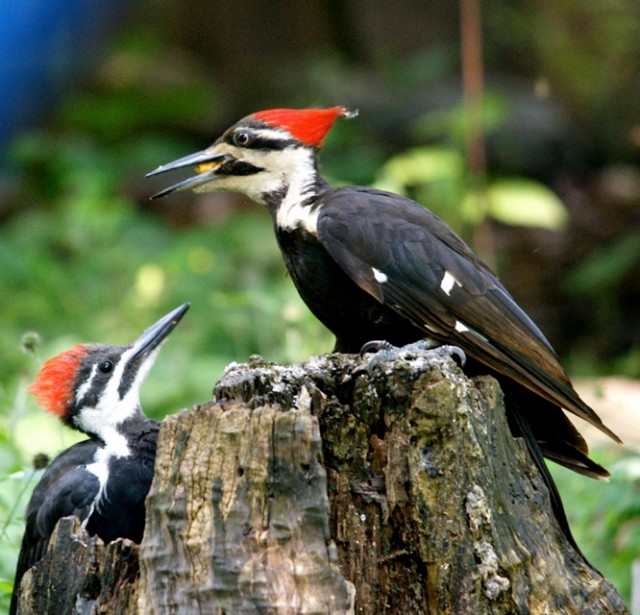
Other creatures are not so careful – nor do they need to be. Some species actually need to use their heads to create shelter, communicate, dig for food, attract mates and protect their territories. Case in point: the Pileated Woodpecker. This bird, and others like it, is a drumming machine that can hammer close to 17 – some say even 20 – beats per second and will perform 10 to 30 beats before it takes a break. And it doesn’t hit its head on mushy sponge either. It does so on hard wood! Every single time it hammers, its small skull absorbs a maximum of 1,400 times the force of gravity. The impact forces generated are akin to a miniature jackhammer. It can also peck up to 12,000 times a day, its head moving at a 24 km/h speed. But how does that work? How come woodpeckers don’t get concussed with permanent brain damage after just one of those pecks? Here are the top five reasons these amazing birds can safely knock on wood.
- THEIR SKULLS ARE LIKE HELMETS
Unlike humans, the small brain of a woodpecker fits snugly in the skull and can’t slosh around in a layer of liquid around it. Also, it has a porous inner layer and a dense outer layer which have evolved to protect the brain. It better absorbs shocks and disperses the energy generated during pecking, preventing direct transmission to the brain. A woodpecker’s skull has evolved to be a snug, permanent helmet. - THEIR TONGUES ACT LIKE SAFETY BELTS
Humans can try all they want, but they can’t retract their relatively small tongues inside their skulls. But woodpeckers can – even if their tongue may be as long as one third of its body length! Not only is this a cool fact and helps them grab insects, but it has a purpose in protecting the brain by wrapping around it until it gets all the way back over to between the eyes. Their tongue can tighten too, creating a sort of safety belt around the bird’s delicate neural tissues. - THEIR BEAKS ARE SHOCK ABSORBERS
Woodpeckers have sharp, dense beaks with a bit of an overbite. This acts as a chisel and can penetrate the hard wood. It also absorbs much of the impact of drumming by redistributing its force through the bird’s body instead of going to its head. The scaling on the beak also helps. - THEIR NECKS PROTECT THEIR SPINES
To diffuse the force of the impact between the beak and wood and not direct it to the head, one needs a very strong and flexible neck which moves in a synchronized fashion with the beak. This allows the woodpecker to maintain precision, strength and rapid pecking motion while making sure that the pecks don’t threaten its spine. - THEIR BEST BEHAVIOUR
Woodpeckers vary their angle slightly with each peck to change the direction of the impact on their bodies. They hang on to the bark of a tree using their strong tail and feet, which also reduces the impact of the hammering. The choice of tree species to hammer also comes at play: woodpeckers go for hardwood trees with soft bark, such as aspen, bird or cottonwoods. This helps the bird maintain its rapid and efficient drumming. Also, when you listen to a woodpecker and its drumming talents, you realize that it often takes a break.
NATURAL TALENTS
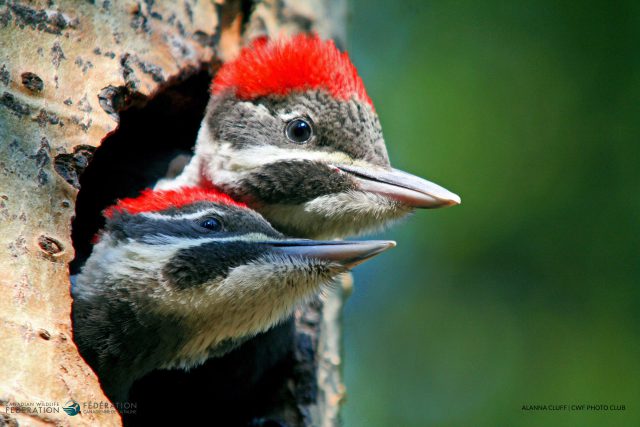
In short, a woodpecker’s success is mostly because of the birds’ anatomy alongside its behaviour. But the parameters can vary slightly: each species of woodpecker has evolved to adapt to its own habitat and needs while having these five things in common. All things considered, by the time the shock gets to the head and the fragile, soft brain, it’s actually two to eight times weaker than at the tip of the beak. Research shows that to get concussed, the small brain of a woodpecker would need to get a hit seven times harder than a human.
Want to learn more about woodpeckers? Have a look at our new Hinterland Who’s Who video on the Pileated Woodpecker! You’ll find it at hww.ca!


